Kosteikot kuntoon – sorsakannat kasvuun
Kosteikot tarjoavat vesilintujen poikasille sopivia elinympäristöjä, mikä turvaa vesilintukantoja ja hidastaa luontokatoa. Tältä sivustolta löydät ohjeita kosteikoiden perustamiseen ja tietoa Suomen riistakeskuksen SOTKA-kosteikot -hankkeesta.
Tutustu
Muodosta yleiskuva alueesta, tutustu erilaisiin kosteikoihin ja selvitä, millainen kosteikko sopisi alueelle.
Suunnittele
Ota selvää kustannuksista ja rahoitusmahdollisuuksista, luvista sekä maanomistajien suhtautumisesta.
Toteuta
Hyvin suunniteltu on puoliksi tehty. Patoamalla saadaan aikaan luontaisen kaltaisia kosteikoita.
Huolehdi
Pidä kosteikosta huolta ja seuraa sen tilaa. Vain hoidettu kosteikko pysyy kunnossa.
Nauti
Kosteikot edistävät luonnon monimuotoisuutta, vesiensuojelua ja virkistysmahdollisuuksia. Lisäksi ne ovat ilo silmälle.
Kiinnostuitko?
Tutustu eri kosteikoihin ja kunnosta oma kosteikkosi!
